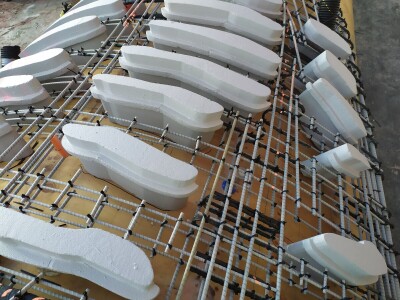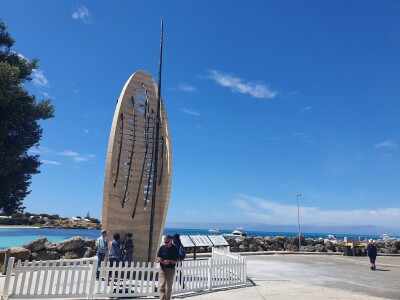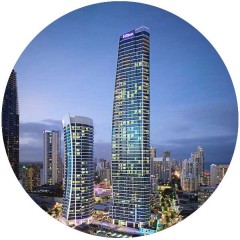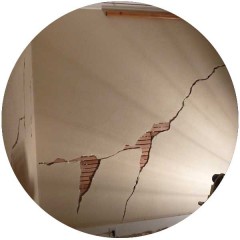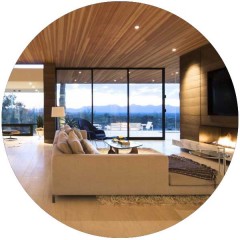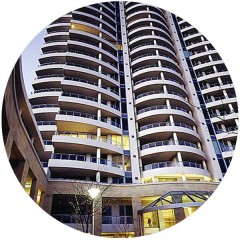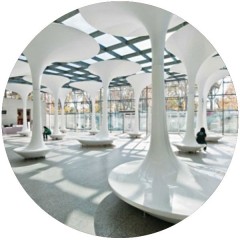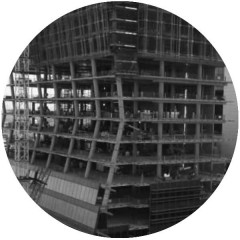As an island nation with 85 percent of our population living near the coast, this technology has particular relevance for Australia.
Concrete in coastal or quasi-marine (riverside) environments suffers from salt ingress. Salt causes the steel reinforcement in concrete to rust. This in turn causes the concrete cover over the reinforcement to spall, discolour and crack. This “concrete cancer” can reduce structural lifespan by decades and may require expensive maintenance during the entire life to prevent or treat it.
Unlike steel reinforcement, GFRP rods do not rust for any reason. They will 100% remove the risk of concrete cancer without needing any other treatments. They require no further maintenance once installed, unlike cathodic protection or other anti-corrosive measures.
GFRP rods allow for the reduction in concrete strength and amount of cover required while eliminating any need for expensive alternative protections. The rods are lighter and easier to transport than steel; although requiring gloves and masks for installation.
Airey Taylor Consulting use GFRP in preference to other durability measures in settings where concrete cancer can be anticipated. Examples include balconies of multistorey accommodation in riverside projects in South Perth (both new and remedial); the recently completed entrance sculpture for the Rottnest ferries on Thomson Bay; jetties and boardwalks such as Dundas Point in Applecross; and poolside “splash zone areas” in both leisure/recreation centres and accommodation projects.
The recent increase to steel prices places GFRP in the happy position of being comparable in cost and offering far superior performance to steel reinforcement. There are four distributors of the product in Australia, and custom shapes can be designed and ordered with a two week lead time.
Airey Taylor Consulting have presented papers and delivered presentations to national audiences in 2021 at the Concrete Institute of Australia biennial conference and Engineers Australia (with 437 Engineers attending via livestream). Our knowledge leads the industry nationally in the design and use of this solution.
Airey Taylor Consulting will only recommend GFRP if the performance suits, as there are technical considerations around flexion (“e” value) and heat resistance that need to be specifically assessed on a project by project basis.
The advantages of GFRP reinforcement as a substitute for traditional steel reinforcing bars:
- Completely proof concrete against “concrete cancer” as it does not rust
- Higher tensile strength
- Lightweight (approximately ¼ the density of steel)
- Bars are non-magnetic
- Low thermal and electrical conductivity
- Currently (early 2022) less expensive than steel reinforcement with additional protections
